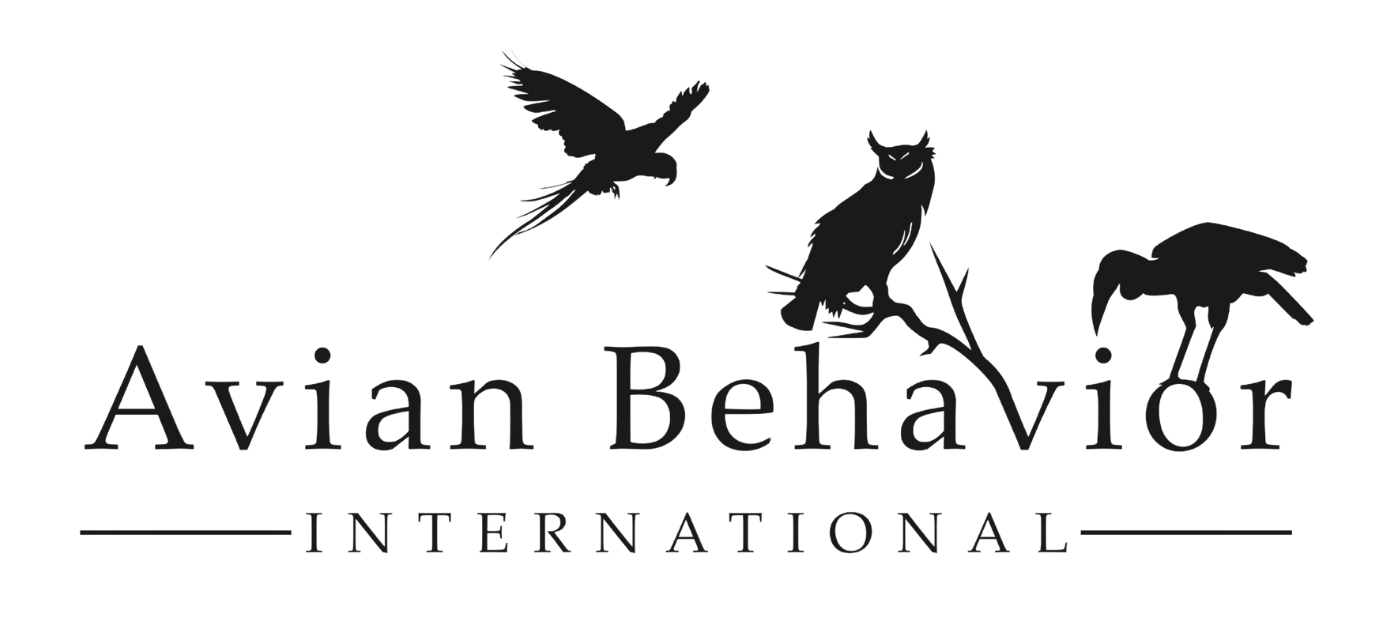10 Jul How a Pickpocket Raven Can Help Save Local Birds
We’ve been teaching Linus, our white-necked raven, how to pick your pockets — for a good cause.
While he’s getting quite good at it (watch out if you’re wearing cargo pants), there’s a bigger reason behind the act: bird conservation is hurting. Badly.
Birds we once considered stable — like red-tailed hawks — are in decline, and it’s happening right in front of our eyes. The grants that once funded research, habitat restoration, and long-term monitoring? Many have vanished overnight. Transmitters that could track how raptors are responding to avian flu and climate shifts are gathering dust. Scientists are unemployed. Crucial work is stalled. The federal infrastructure that monitors bird populations across North America has been quietly eroding, and the consequences are far from quiet.
Let’s take a closer look at bird banding as an example.
Bird banding is one of the oldest and most valuable tools for avian science. Since the the defunding of environmental and scientific agencies began earlier this year, bird banding programs, particularly those under the U.S. Geological Survey (USGS), have faced chronic underfunding, staff shortages, and growing backlogs. We’re now approaching a breaking point.
What Is Bird Banding?
Bird banding involves placing a small, uniquely numbered metal or plastic band around a bird’s leg. These bands allow researchers to track individual birds over time — sometimes over decades — providing unparalleled data on migration, survival, reproduction, habitat use, and climate-driven range shifts.
Each banded bird becomes a data point in an immense biological puzzle, contributing to our understanding of species at local, continental, and global scales.
Why Is Bird Banding So Important?
Bird banding is foundational to nearly every field of avian research:
- Migration Monitoring: Reveals routes, stopover points, and the timing of migration — critical as climate change alters the availability of food and habitat along these journeys.
- Population Demographics: Allows scientists to calculate survival rates, longevity, recruitment, and dispersal — key for identifying species in decline before it’s too late.
- Conservation Planning: Helps prioritize areas for habitat protection or restoration, especially for threatened and endangered species.
- Disease Tracking: Banding data supports the study of zoonotic diseases like avian influenza and West Nile virus by identifying bird movement patterns.
Without banding data, we lose the evidence base to guide conservation policy, recovery planning, and international treaties like the Migratory Bird Treaty Act.
How Is It Funded?
The Bird Banding Laboratory (BBL), administered by the USGS, is responsible for issuing bands, maintaining the national database, and coordinating with Canada’s equivalent through the North American Bird Banding Program.
But the BBL has been operating under flat or declining budgets for over a decade, while the demand for its services has only increased. Under the Trump administration, federal support for science plummeted, including significant staffing losses at USGS. These cuts weren’t just budgetary; they were ideological — targeting agencies engaged in climate research, biodiversity, and environmental monitoring.
What’s the Fallout?
- Backlogs: Banding permits now take many months or even years to process. New researchers — especially graduate students — face delays that derail thesis timelines and grant deliverables.
- Aging Infrastructure: The national banding database is outdated and fragile. Errors, lags in data entry, and a lack of tech support compromise data reliability.
- Staff Losses: The BBL is drastically understaffed. Experienced scientists and data managers are retiring without replacements.
- Lost Data: As programs close, so does the continuity of long-term datasets — some stretching back 50+ years.
In short, the system is collapsing under its own importance. And without immediate federal reinvestment, we are poised to lose an entire generation of avian data — right when we need it most.
The Bigger Picture: A Nation Flying Blind
Bird populations in North America have declined by nearly 3 billion since 1970, as documented by the landmark 2019 study published in Science. Many of these declines were only detectable because of long-term monitoring like banding.
Birds connect habitats, countries, and continents. When we lose track of their patterns, we also lose our ability to see the health of the planet.
The lack of funding is more than a bureaucratic issue — it’s a threat to biodiversity, to science, and to our own ecological literacy.
What You Can Do
- Call Your Representatives: Demand federal funding for the USGS Bird Banding Lab and other long-term ecological monitoring programs.
- Support Nonprofit Banding Stations: Many rely on public donations to keep operating (e.g., MAPS stations, bird observatories).
- Educate Others: Share how bird banding supports science and conservation. Counter the false narrative that it’s unnecessary or replaceable.
- Volunteer: Citizen science efforts like the Motus Wildlife Tracking System and Project FeederWatch complement banding efforts and need your eyes and ears.
It’s not just “somewhere else.” It’s here, too.
That’s why so much of our work at Avian Behavior has evolved to support this kind of conservation education and real-time bird science. We’ve always believed in bringing people closer to birds — and now, more than ever, we’re making that connection count.
The truth is, small organizations — from banding stations to bird observatories to local Audubon chapters — are keeping this field alive. Your support, attention, and curiosity go farther than you think. And Linus is just here to remind us that every penny counts (he just prefers to carry it off in his beak).
Want to learn more about the organizations doing good work in your area? Let us know — we love connecting people to causes that matter.

